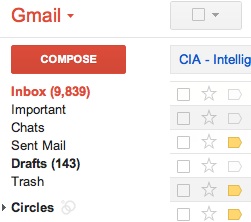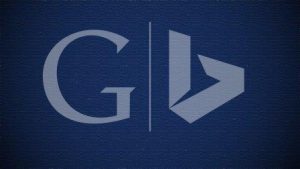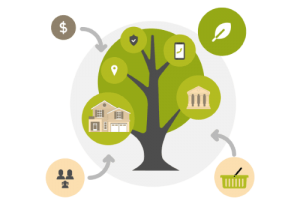One of the main reasons businesses fail is because there isn’t a good bookkeeping system in place that would provide warning signs the business could run out of cash.
You can choose to set up a bookkeeping system manually (using accounting books), electronically (spreadsheets) or use accounting software leads. Unless you want to get familiar with bookkeeping practices, accounting software leads is the most efficient choice.

What to consider
Every business will have different requirements from an accounting software leads. When choosing an accounting software leads consider the following:
- Does the system calculate all payroll requirements (PAYE, annual leave, long service leave etc.)?
- Does the system track stock, work in progress, orders, jobs and other task management requirements?
- Will the system be able to handle multiple bank accounts?
- Does the system need to handle foreign currency?
- Does the system track separate financial records for each business or department within the business?
- Does the system allow for interface with other computer systems such as online payments?
- Does the system keep detailed records on customers including what they buy, how often they buy, when they buy etc (often referred to as a Customer Relationship Manager system)?
Software options
There are many software packages on the market that allow business managers to successfully control records without an accounting degree. Some of them, such as Free Accounting software leads, have no cost. Some commonly used accounting systems used by small businesses are:
- MYOB External link
- Quicken/QuickBooks External link
- Reckon One External link
- Sage External link
- Xero – online External link
- Cashflow manager External link
- Nominal External link
- Saasu – online
Setting up a bookkeeping system
When you set up your financial records you need to make sure they meet any compliance requirements such as GST or other tax compliance.
This is done through setting up classifications, also known as a chart of accounts. A chart of accounts is a listing of all the accounts needed to cover the financial transactions of the business. Classifications are used to separate profit and loss calculations to show where a business is making or losing money. It is also used to determine the overall financial position of a business in a balance sheet.
Business & Finance Articles on Business 2 Community(336)








